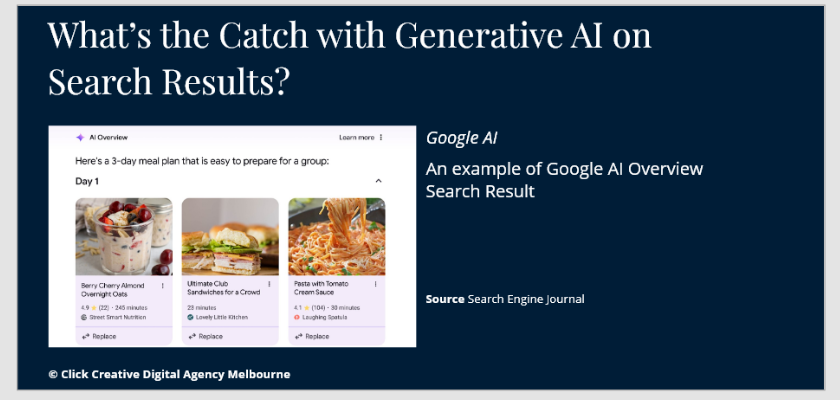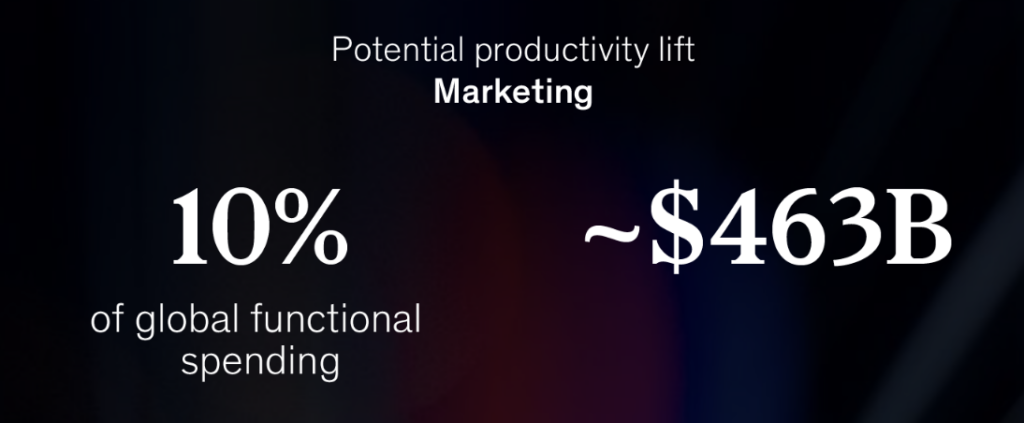Summary
Collaborating with WordLift, BeRebel gained Bing Knowledge Panel and achieved notable results with a +147% increase in non-branded traffic, reaching a broader audience, raising brand awareness, and driving more potential customers to the site, ultimately leading to higher sales and business growth. This partnership significantly improved BeRebel’s online presence and established them as a key player in the Italian insurance market, now recognized as part of Unipol.
Introduction
BeRebel, a forward-thinking corporate startup born within the Unipol Group, emerged with a bold vision to redefine car insurance through a pay-per-kilometer model. Aiming to serve infrequent drivers who typically travel around 10,000 km per year, BeRebel focused on delivering a digital-first, flexible, and cost-effective insurance solution.
To bring this innovative concept to life, the company faced the challenge of building a strong online presence and effectively communicating its value proposition to a niche audience.
Results


“In contemporary marketing, I recognize three essential pillars for success: adapting to change, building value-driven brands, and consistently aligning with business objectives. Through our partnership with Wordlift, we have effectively achieved all three. Wordlift has enabled us to leverage AI to enhance our AI-driven strategies, optimize BeRebel’s indexing, create valuable content, and drive traffic to our touchpoints. This collaboration has been instrumental in enhancing our brand value and ensuring our business goals remain at the forefront of our strategy”.
Giovanni Carparelli – Head of Marketing at BeRebel
The collaboration with WordLift proved transformative for BeRebel’s online presence, showcasing how data enrichment and content optimization can significantly enhance a website’s performance. Key outcomes of this partnership include:
- Increased visibility: Following the implementation of WordLift’s solutions, BeRebel recorded an impressive +147% increase in non-branded traffic. This substantial increase reflects a surge in visitors discovering BeRebel through generic, industry-related searches rather than direct brand queries, showcasing a broader reach and improved visibility across key customer touchpoints.
- Recognition in the Bing Knowledge Panel: The appearance of BeRebel in Bing’s Knowledge Panel signaled the effectiveness of the optimizations. While this is an encouraging step, similar recognition from Google is anticipated as its systems update over time.
- Association with Unipol’s Authority: Due to the structured data enhancements, Google and other search engines (including AI-driven ones) now recognize BeRebel as part of the Unipol group. This connection has allowed BeRebel to leverage its parent company’s authority in the insurance sector, further amplifying its online visibility.
Our strategy began with a comprehensive analysis of strategic keywords, customer search intent, and the customer journey. By focusing on the term ‘monthly motor insurance,’ we align our efforts to maximize relevance and engagement. This approach delivered outstanding results, including:
- +171.1% in Clicks
- +87.7% in the Average Click-Through Rate (CTR)
- +40.38% improvement in Average Position
Discover how choosing to work with WordLift can elevate your business, just like BeRebel did.
Explore the benefits today!
Strategy
To achieve its ambitious goals, BeRebel partnered with WordLift, leveraging its advanced SEO technology to strengthen its digital strategy and align it with its innovative pay-per-kilometer insurance model.
Key elements of the approach included:
- Automating Complex SEO Tasks:
BeRebel utilized WordLift’s automation capabilities to streamline critical SEO activities, such as adding structured data markup to content. This approach enhanced search engines’ ability to index and understand their web pages while reducing the manual workload, allowing the team to focus on strategic priorities. - Building a Knowledge Graph to Organize Content:
WordLift enabled BeRebel to develop a Knowledge Graph that structured and interconnected its content. This not only improved user navigation but also helped search engines comprehend the relationships between pages and BeRebel’s unique business model. This was particularly important in effectively articulating the pay-per-kilometer concept to potential customers. - Lowering Customer Acquisition Costs:
By adopting a sustainable and scalable SEO strategy, BeRebel focused on reducing customer acquisition costs while increasing online visibility. WordLift’s technology delivered lasting improvements, ensuring a higher return on investment and a more cost-effective way to attract new customers. - Enhancing Structured Data for Key Pages:
Specific optimizations were made to the structured data and markup for critical pages, including the Home Page, the “About Us” page, and the “Contacts” page. - Connecting to Relevant Entities:
Structured data enrichment linked BeRebel to its social profiles, parent company (Unipol), and founder, reinforcing credibility and authority within search engines and among users.
Conclusion
BeRebel’s collaboration with WordLift proved to be a game-changing decision. It blended automation and artificial intelligence to elevate its SEO strategy.
The results showcased a substantial boost in SEO performance, a stronger online presence, and more efficient customer acquisition costs. As a newcomer in the Italian insurance market, BeRebel effectively positioned itself on search engines, driving growth and attracting customers to its innovative pay-per-kilometer car insurance model.














